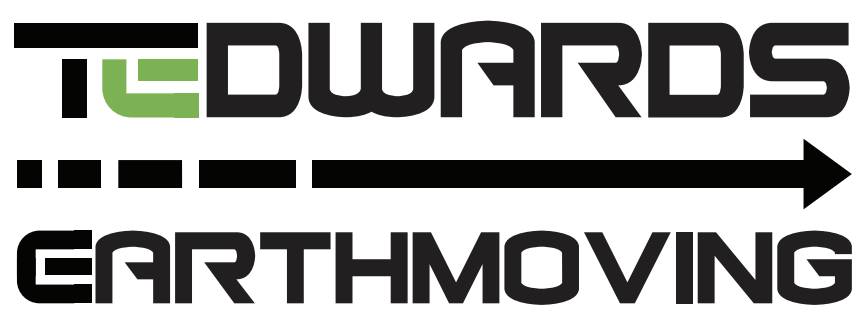- By Admin
- Excavation Contractor
- 0 Comment
Do you need to backfill a trench as part of your ongoing construction project? Utility lines require special consideration when being compacted and filled into trenches. In addition to heavy machinery, competent Excavating Contractors and an understanding of the specifications, contract requirements, and soil conditions are needed for the backfill operation. Various techniques might work well for your job if you compare trench backfilling choices. Jetting, filling, dumping, and compaction are the most often used methods in construction. Some Excavating Contractors in Sydney will choose one technique over another when filling over a pipe that runs beneath the pavement for power, water, or gas.
How Does the Backfill Process Work?
There are backfill techniques for fine material and different soil types, where the material is handled with suitable compaction. The kind of backfilling technique must be determined by the soil type. For instance, utility trench filling and compacting call for special attention; backfilling with stone compacts is distinct from backfilling with clay or synthetic soil.
Steps of Trench Backfilling
There are several measures you must take in order to backfill a trench properly preferably with the help of the most qualified Excavating Contractor in Sydney.
STEP 1. choose a trench backfilling method
Here are four common trench backfill methods Excavating Contractors used in Sydney: 1. Jetting This procedure, sometimes known as “water jetting,” entails injecting pressured water into the trench using a long, metal apparatus. Trench volume is decreased by water dissipation. Granular soil types are advised for use with this technique.
2. Filling (Flowable Fill)
Cement is mixed and brought directly to the site to be used in flowable fill. However, if the flowable material covers any pipes too tightly, it may result in issues even though the flowable fill method is normally effective. Before filling, protect the pipes with a covering of some sort. Additionally, avoiding using the same fill in multiple batches to fill the trench is a smart idea. The fill won’t be as uniform or level if it travels to other locations.
3. Dumping
Without compacting the material, a trench is filled with granular material. This approach has some shortcomings. Granular aggregates are porous by nature, allowing for the entry of fine particles. This method is preferred by Sydney excavation contractors over others because it doesn’t call for further trench compaction.
4. Compacting
Using the soil already present and organic resources, compacting entails digging a trench. Solid soil understanding is necessary for the process of compacting backfill trenches. Find out the local soil mechanics before backfilling trenches using this technique. In cohesive materials like clay, tamping rammers work better since they have lower frequencies. Because of their higher frequencies, vibratory plates are the optimum choice for granular materials like sand. Although compaction is more expensive than other methods, it will pay off once the project is finished.
STEP 2. select a backfill type
You can choose your backfill type once the trench backfilling method has been chosen. Depending on the approach you selected in the preceding stage, you could need different materials. The four main kinds of backfill utilized by Sydney excavating contractors are as follows:
Uncompacted soil: Any soil on the project site that is moved back into the trench without being compacted is referred to as backfill. Even though this option is the least expensive, it probably has to be graded again later. Compacted soil: Materials from the job site are compacted into the backfill of the trench. Compacted stone: This alternative uses compacted granular backfill, which works best for paved surfaces. Lean concrete: This substance, also known as controlled density fill, fills the trench without the need for further compaction. Usually, places with limited space or high traffic need the usage of this backfill.
STEP 3. obtain compaction equipment
To produce the best results, you must make sure your backfilling job has the appropriate equipment. You can utilize a variety of compaction tools for your trench, including:
Rammers: Rammers use springs and an engine-powered piston to crush soil with high impact force while removing any water or air present. These tools are perfect for compacting solid materials like clay. Plate compactors: These devices vibrate the ground, causing low-amplitude, high-frequency compaction. Because they can change directions, plate compactors are great for moving through confined locations. Trench rollers: Compacting dirt in constrained spaces requires the use of lightweight, diesel- or gasoline-powered trench rollers. Compactors: Designed to handle any compaction activity, compactors are strong machinery. Soil compactors, pneumatic rollers, and landfill compactors are just a few examples of the various types of compactors.
STEP 4. begin backfilling
You can start backfilling the trench after gathering all of your tools and supplies. The compaction approach is advised because it produces consistent, long-lasting results. To assist you in getting started, let’s take a closer look at this strategy step by step:
Spread an even 6-inch layer of soil in the trench after moving it there. Compact the soil using your compaction tools. Till the trench is filled, keep adding 6-inch soil layers and compacting them.
Backfilling trenches is a difficult but simple technique. To achieve the finest outcomes on your property, you must seek professional advice. Every building project is different, thus you could need a special method of clearing the items from the site. Therefore, you will need the assistance of a competent excavation contractor in Sydney to direct you on the appropriate route for better growth and building of your land.
Disclaimer: This is a generic Information & post; content about the services can be changed from time to time as per your requirements and contract. To get the latest and updated information, contact us today or visit our website.


